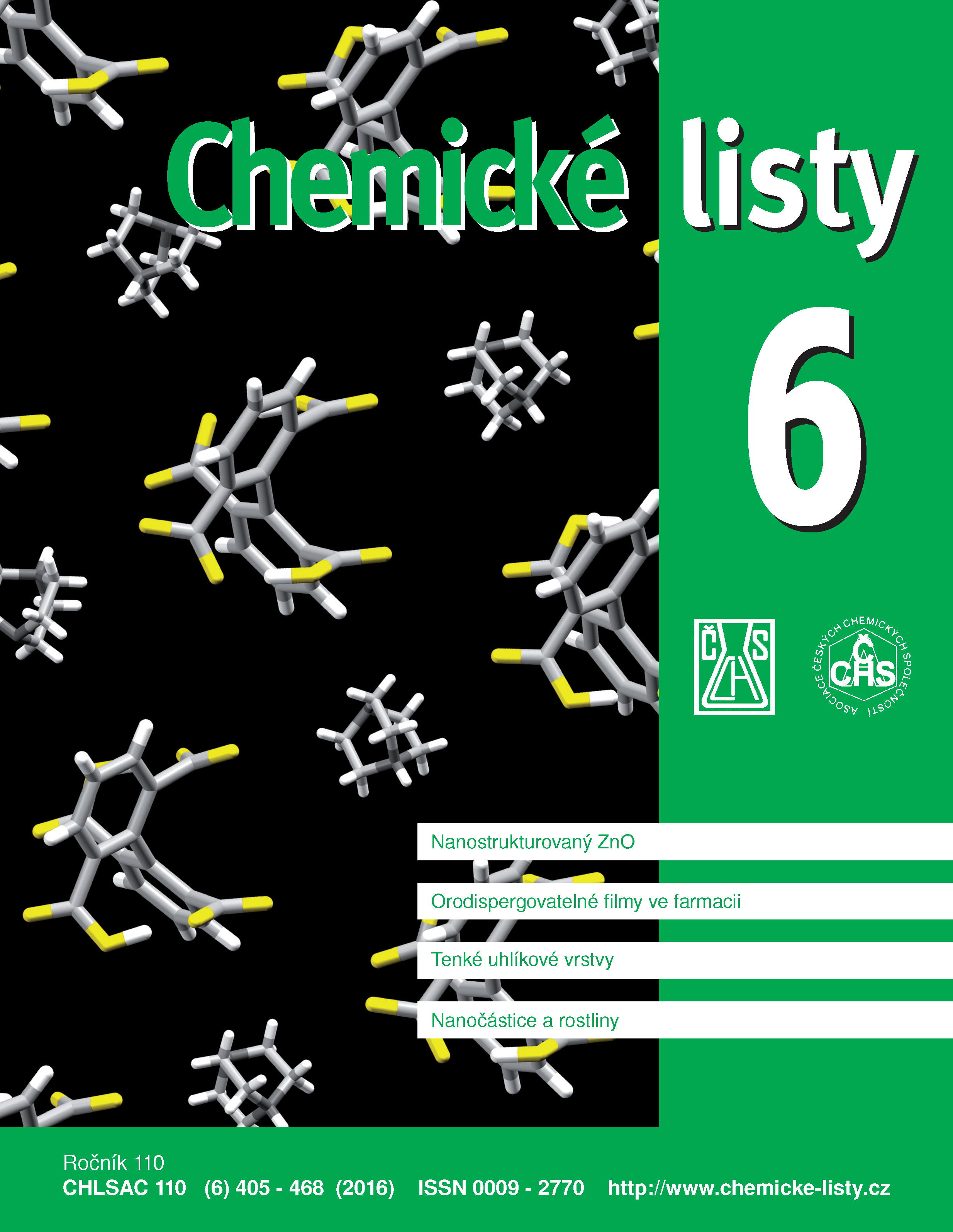Preparation, Properties and Utilization of Nanostructured ZnO
Keywords:
nanostructured ZnO, phase transition, chemical stability, ZnO solubility in water, metals solubility in ZnOAbstract
Zinc oxide, ZnO, belongs to multifunctional oxide materials. The current worldwide production exceeds one million tons per year and its application spectrum is unusually broad: additive to rubber, cement and concrete, white pigment for paintings and coatings, material for electronics and sensorics, catalyst for organic syntheses, additive to cosmetic preparations, pharmaceutical component, component of food supplements for human and animals and a wide variety of other applications. The interest in zinc oxide was stimulated by recent achievements in mastering a controlled synthesis of nanostructured ZnO, such as nanoparticles of different shapes, nanowires, nanolayers, compact polycrystalline materials with a defined grain size 1–100 nm, as well as nanocomposites, which substantially broaden the range of prospective applications. Reducing the size of particles and structures below 100 nm is related to significant changes of a variety of physical and chemical properties. This article brings a comprehensive view of issues related to nanostructured ZnO. Using a simple thermodynamic model, published data describing the effect of the ZnO nanoparticle and nanostructure size and shape on their structural and chemical stability, solubility in water and aqueous media as well as on miscibility with other metal oxides are interpreted in terms of a top-down approach.





